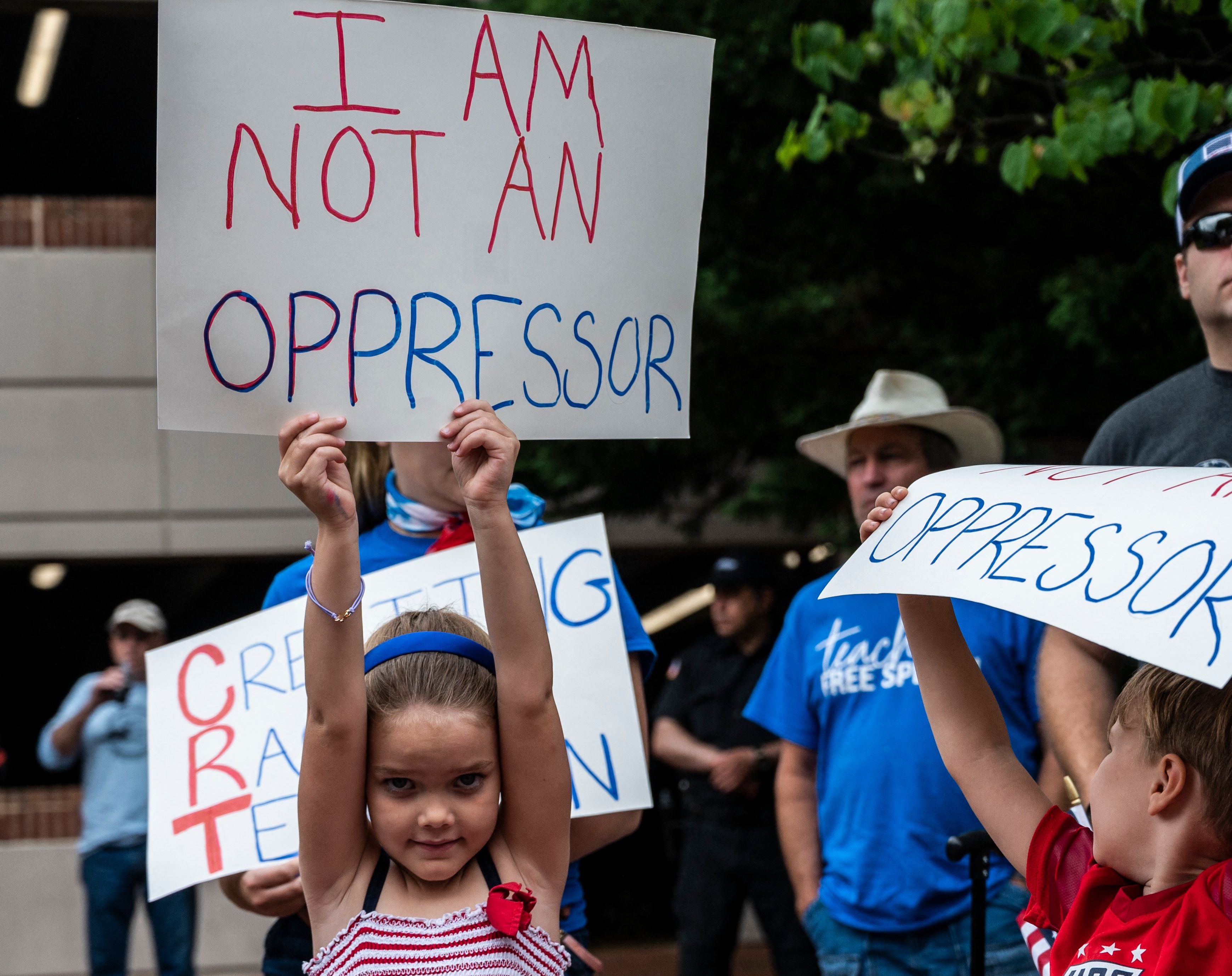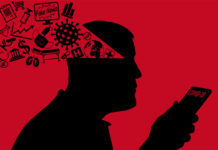
President Biden recently remarked on his latest move to forgive student loan debt. These remarks show the real racist attitudes that America contends with every day. Racist attitudes that show where the real racism is. The heart of the Democrat party. Biden stated that student debt burdened Black and Hispanic students more because they don’t own homes to borrow against, and they, on average, come from less wealthy families who can’t afford to send their children to college. This comment exemplifies the attitudes of the left and their beliefs that only an all-powerful welfare state can remedy America’s racial inequality and system of white supremacy. This is the basis of Critical Race Theory. A belief in systemic racism outright rejects any notions of objectivity and principles of equality as Americans understand them. Equality of opportunity is discarded as a white social construct, and new racial preferences are preferred to guarantee equal outcomes. There is a massive awakening to CRT in America, especially in education. It is, however, a misunderstood concept that many Americans believe can be solved by banning its use in elementary school. To solve the problem of CRT, its origins as a legal theory, and the fact that goes way beyond the race-based lessons taught in elementary school must be understood. This article will discuss the origins of CRT as a legal theory while also highlighting the distinctions between the different ways racism is defined in American society.
Critical Race Theory, while seemingly a new concept that is being thrown at us through the mainstream media, and race-based lessons taught in elementary education, is decades old. It is a model of research which examines the law and social policy through the perspectives of those who already have a deep-seated resentment toward the United States. It is a legal theory founded by progressive legal scholars, who base their work on the tenets of the Marxist-inspired Critical Theory, “who are attempting to develop a jurisprudence that accounts for the role of racism in American law.” Their driving belief is that American law is driven by racial subjugation and white privilege, and the only way to solve the problem is to develop a “new narrative that documents racism as a contemporary phenomenon.” Critical Race Theory is a model of conducting research that rejects the traditional understanding of American history and legal jurisprudence, in favor of their own subjective viewpoints. They are seeking to create a new historical record that proves their qualitative views because history is written from the perspective of white supremacism.
America’s traditional idea of racism denotes the idea that there is hatred toward Black people simply because of their skin color. This definition has been dramatically altered by those pushing the tenets of Critical Race Theory. For example, Derrick Bell, one of the founders of CRT, uses the term racial realism to define contemporary racism, while also rejecting the idea that racism is an individual, and not a structural problem. Racial realism is based on the principles of legal realism, which was a way to challenge common law. The principles of legal realism, according to Bell, came from the progressive outlook of the late 1800s and revolved around the application of law pertaining to property rights. This is significant because it is believed by CRT scholars that property rights, which are the foundation for all other natural rights, are the driving force behind racial inequality because slave ownership and the subjugation of Black men make up the theoretical foundations of property ownership protected by American law today. Racial realism then is the challenge to the legal notions of equality under the law. This led to the tenets of Critical Race Theory like colorblindness and “the critique of the liberal order.” When CRT scholars use the term “liberal order” they are referring to our system of constitutional government. Challenging the notions of colorblindness means that rejecting racial differences in forming social policy is the wrong approach and that race itself should be the driving factor in social policy decisions.
Critical Race scholars like Derrick Bell deny racism as an individual problem. This is referred to as the “perpetrator perspective.” This is the idea that all discrimination takes place from the actions of individuals, as opposed to racism being an institutional phenomenon. CRT scholars reject individual racism because the responsibility for the act of discriminating is placed on the individual. It is this viewpoint that justifies what they refer to as the myth of meritocracy. To place racism on individuals instead of institutions also places the responsibility of success or failure on individuals as well. CRT scholars use their own social construction of institutional racism as a tool of transformative change and a weapon against the capitalist system. Blaming racism on institutions and legal systems relieves the reality of personal responsibility for failure.
Kimberle Crenshaw, another prominent CRT researcher, argues that research into racial issues in America can never be done from a neutral, or objective position because racism is deeply embedded in American law and social policy. According to CRT researchers, everything about our legal system justifies racial subjugation and discrimination. Taking a subjective approach, and deconstructing a legal system that justifies racial oppression, is the only way to reform America’s system of white supremacy and guarantee racial justice. When Biden argues that Black and Hispanic people are burdened by student debt more than white people, he is arguing from the perspective of CRT scholars that they are suffering from systemic racism, and because they are minorities they are automatically in a subjugated position. As Derrick Bell argued with his theory of racial realism, black people need to reform their ideas on how to fight racial injustice because they are not now, nor ever will be considered, equal in the eyes of white men.
“In spite of dramatic civil rights movements and periodic victories in the legislatures, black Americans by no means are equal to whites. Racial equality is, in fact, not a realistic goal. By constantly aiming for a status that is unobtainable in a perilously racist America, black Americans face frustration and despair. Over time, our persistent quest for integration has hardened into self-defeating rigidity.” (Bell, 1992)
This quote, more than anything else, describes the real purpose of Critical Race Theory. As more Americans awaken to the race-based lessons meant to change the way our children view themselves and our country, it must be understood that CRT is a tool of social research being applied in law and social policy with the guiding belief that America’s legal system was put in place to justify white supremacy and the subjugation of Black men for our own benefit. It will take much more than banning it at the elementary level to stop the effects it is having on our society.
To learn more about Critical Race Theory check out my new ebook, A Critical Look at CRT in Education, Research and Social Policy. Paperback available soon.
![A Critical Look at CRT in Education, Research, and Social Policy: Exposing the Real Racism in America by [David Risselada]](https://m.media-amazon.com/images/I/513bz0a8tZL.jpg)























